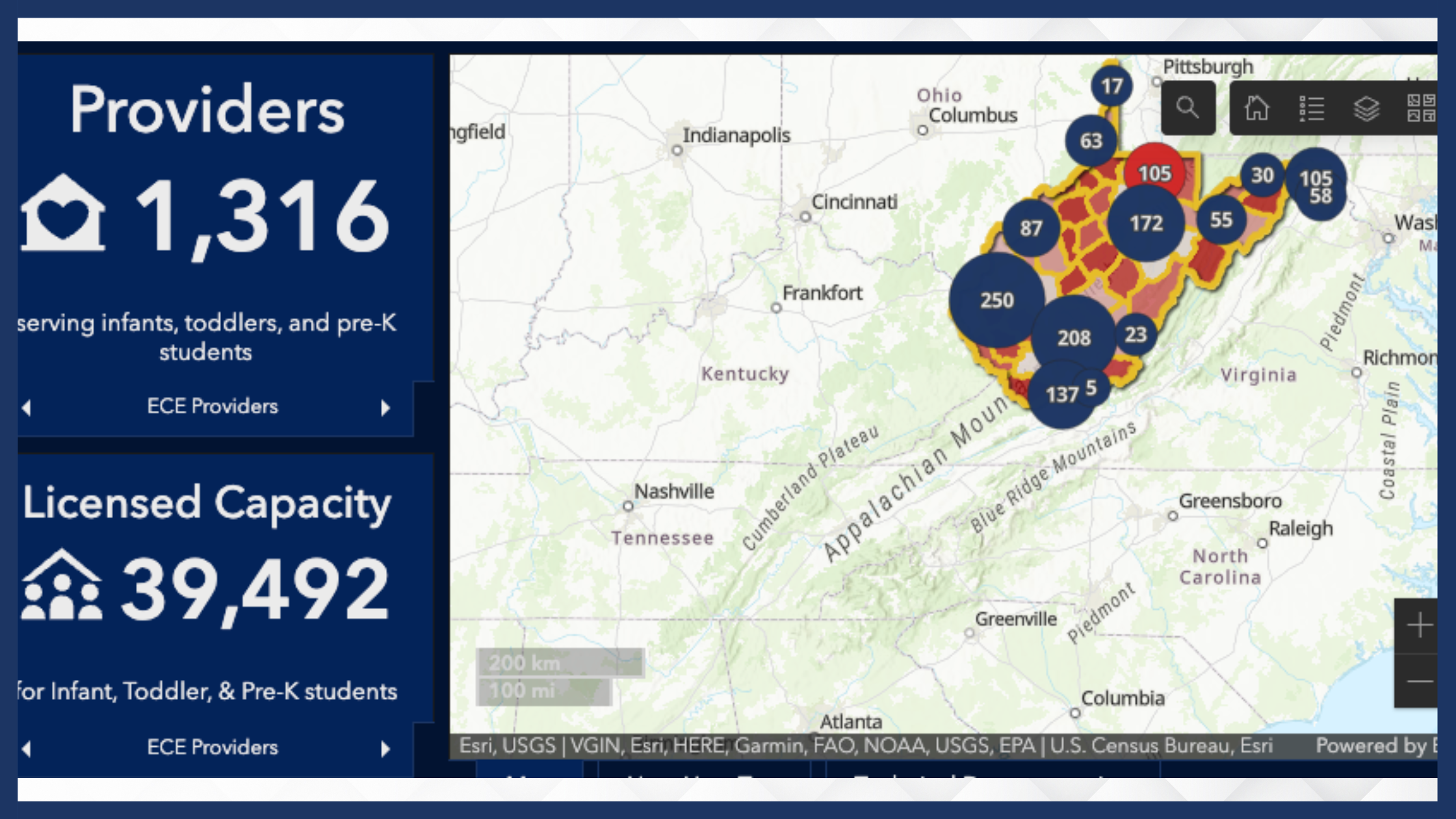-3.png?width=2240&height=1260&name=Untitled%20design%20(25)-3.png) November marked the 48th anniversary of the signing of the Education for All Handicapped Children Act, later renamed the Individuals with Disabilities Education Act (IDEA). IDEA is the federal law that requires states and territories to provide services to more than 7.5 million eligible infants, toddlers, children and youth with disabilities and developmental delays at no cost to their parents. This legislation ensures children with documented disabilities and developmental delays receive the free and appropriate education guaranteed to every student in the U.S.
November marked the 48th anniversary of the signing of the Education for All Handicapped Children Act, later renamed the Individuals with Disabilities Education Act (IDEA). IDEA is the federal law that requires states and territories to provide services to more than 7.5 million eligible infants, toddlers, children and youth with disabilities and developmental delays at no cost to their parents. This legislation ensures children with documented disabilities and developmental delays receive the free and appropriate education guaranteed to every student in the U.S.
IDEA has four main parts; Parts B and C support infants and toddlers aged birth-through-five. Part B, Section 619 provides Early Childhood Special Education (ECSE) and related services to children aged three-to-five. Part C provides Early Intervention (EI) services to infants and toddlers with disabilities and their families. Together these provisions support children’s health and development in a variety of settings.
Services for infants and toddlers
IDEA Parts B and C both play a significant role in supporting young children’s development. Approximately one in six children in the United States have a developmental disability or delay, which are mild to serious impairments in physical, learning, language, or behavior areas. EI and ECSE services mitigate the factors that place children at risk of poor outcomes by strengthening physical, cognitive, communication, and social-emotional skills, and ensuring families have the tools to create supportive and healthy home environments. These services must be administered early, as most brain development happens from ages birth-through-five. Development during these early years is the basis for children’s learning, behavior, self-regulatory capacities, and physical health for the rest of their lives. EI and ECSE services also minimize the need for additional intervention later in life.
Funding challenges
Early Intervention services under IDEA are funded through a combination of federal, state and local sources. When IDEA was passed, Congress pledged to fund 40% of the money to provide the services guaranteed under the law, but that level of federal funding has yet to be realized. Currently, federal funding only covers about 15% of what it costs to provide services under IDEA. When adjusted for inflation, the federal investment for infants and toddlers peaked in 1999 at a high of $1,768 per child. Since then, funding has dropped to only $645 per-child as of 2017. And, in recent years, the number of children receiving services under IDEA has increased. To receive the federal share of the funding, states and Local Education Agencies (LEAs) are required to serve all children with disabilities and demonstrate that state and local funding will remain consistent. Without sufficient funding overall, families see limited access to the services they need.
Equity challenges in Early Intervention and Early Childhood Special Education
Families of young children with disabilities and delays face an array of challenges in accessing inclusive, individualized early childhood services. Only 30% of children ages 9 months through just under three years old are screened for developmental delays using a standardized measure, and less than one-quarter of children who are eligible for EI services actually access them. Lack of access to EI and ECSE services can result in under-identification of disabilities and contribute to delays and considerable waiting lists for diagnosis and service. Research shows that these barriers disproportionately affect young children of color and those from households with low income.
Asian, Black and Hispanic children from birth through age five are less likely to receive services than White, Non-Hispanic children for both EI and ECSE; Black children face the greatest gaps in service. One study found that while Black and White children received early intervention services around the same rate at 9 months of age, by two years of age, Black children were five times less likely to receive early intervention services than White children. Socio-economic factors also have an impact on children's access to EI and ECSE services. Developmental screening of infants in families with low-income is lower than the national average.
The COVID-19 pandemic made delivering EI and ECSE services more challenging and exacerbated racial inequalities in the provision of services. Overall, fewer young children received EI and ECSE services nationwide during the pandemic. However, there was a much larger decrease in receipt of ECSE services for Asian and Black children than for other groups.
Federal recommendations
There is room for improvement to ensure that IDEA fulfills its promise to all children and families. CCAoA provided input to Start Early’s federal policy recommendations to promote equitable and inclusive policy and practice for young children with disabilities and delays across the early childhood care and education system. The recommendations address funding challenges, building a stable and diverse workforce, improving program governance and expanding access to services.
This blog was written in collaboration with Lindsey Wood, CCAoA intern.





